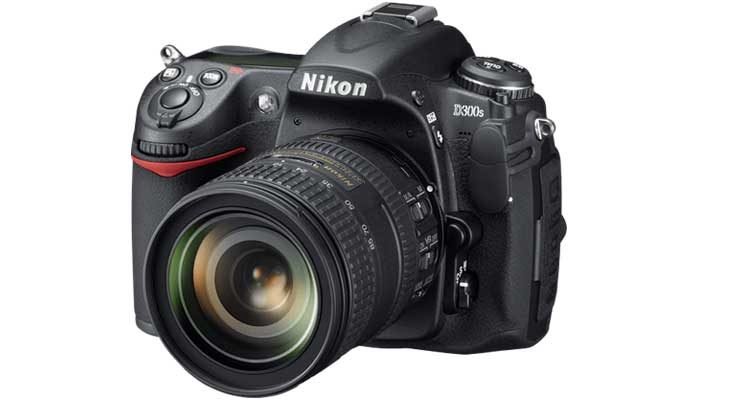

Otherwise, much of the Z7 II’s physical design is the same as its predecessor – the same sensor, viewfinder and screen are all here (and all excellent). Not only is that good news for pros wanting to back up as they go along, it’s good news for anybody not already toting XQD cards and want to wait to replace. Handling is fantastic and perhaps the biggest problem of only having a single card slot has been addressed by adding an SD slot here.

On the one hand, the Z7 II is a relatively subtle refresh of the original Z7, but on the other, when a camera is great in the first place, it only needs a few tweaks. There are compromises, of course – such as the single SD card slot which only supports slower UHS-I cards – but the Z50 should nevertheless be on the radar of anyone looking to switch from a Nikon DSLR. Low-light performance could be much worse and, while it’s certainly not a sports model, the AF does a decent job with eye-detection. Besides facilitating 4K video recording, it helps produce images with vibrant but realistic colors and a good level of overall detail. Supported by an Expeed 6 processor (as found in the Nikon Z6/Z7), the 20.9MP sensor performs well. It’s not as small as some rivals, but a deep grip and a good spread of buttons make it a lovely thing to hold and operate – though a joystick would allow quicker AF point selection when looking through the viewfinder (which you’ll do often, given how comfortable it is to use). Does that make Nikon’s first foray into the APS-C arena any less enticing? Not at all: with fantastic handling, a compact build and plenty of features, the Z50 offers excellent value for Nikon fans. The mid-range mirrorless market has never been more crowded. If you can live without some of the above mentioned improvements – particularly if you mainly shoot still subjects – you can still buy the original Z6, which now finds itself at number five on our list. Overall, the design is the same, but a second memory card slot (SD) has been added, giving you the peace of mind that a backup slot provides, as well as greater compatibility and familiarity with those who already have SD cards to use and don’t want to splash out on XQD cards just yet.

So you get a well-performing, already-proven 24.5MP BSI CMOS sensor, which is now joined by a second Expeed 6 processor which brings some performance improvements including an increase in burst speed, faster autofocus and 60p 4K video.

Nikon has pretty much kept the essence of the original Z6 - including the same sensor and core design - but has addressed some of the key weaknesses that stopped it just short of greatness.
#Newest nikon dslr camera 2019 upgrade#
A couple of years after its entry to the market, it was time for an upgrade in the form of the Z6 II. The original Z6 was Nikon’s first full-frame mirrorless camera and really impressed us when it came out. Whatever it is you're looking for, at whatever price point, you can be sure of finding the best Nikon camera for you below – check our list to discover more. Cameras such as the Nikon D7500 and the D750 continue to be great options, while those who are after their first camera might want to look towards the Nikon D3500. Other good-value models also make it into our round-up, some of which are a little bit older and therefore have dropped in price. It's waterproof and can shoot 4K video, making it ideal for trips to the beach (or just the garden). Again, it's a superb all-rounder which offers DSLR handling while bringing some fantastic mirrorless technology to the format.Īt the other end of the line, there's cameras such as the Nikon Coolpix W300, which will suit those on a budget who are looking for a great little family camera. I use and old Slik F630 TRIPOD but would not recommend that.For traditionalists who love the DSLR experience, Nikon's newest model is the excellent D780. DSLR and mirrorless cameras between 50,000 to 1,00,000 range are discussed and the specialities of each camera has been shared making it easy for you to choose as per your area of interest.


 0 kommentar(er)
0 kommentar(er)
